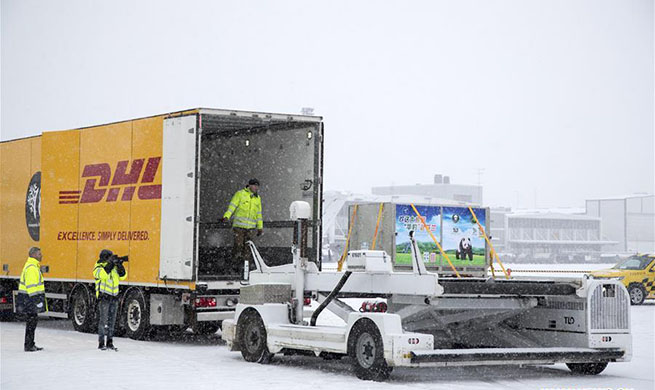CHICAGO, Jan. 18 (Xinhua) -- Gasoline-driven vehicles in the U.S. need to average more than 57 miles per gallon (mpg) before they can become less expensive to operate than battery-electric vehicles (BEV), researchers at the University of Michigan (UM) said.
But this standard varies greatly by individual states.
After comparing the annual fuel cost of driving a typical gasoline vehicle with the yearly electricity cost of operating a typical BEV, researchers at UM Transportation Research Institute (UMTRI) conclude: while it costs less to drive a BEV than a gas vehicle, the cost difference is higher in several states in the West and South, where electricity is less expensive. States in the Northeast, as well as Hawaii and Alaska, have higher electricity costs, and therefore, gas vehicles would require lower fuel economy to be more cost-effective than their BEV counterparts. Most states in the Midwest fall somewhere in the middle.
The researchers calculate a cost ratio for each state and the District of Columbia by dividing gasoline cost by electricity cost. The lower the ratio, the lower the required fuel economy needs to be in order for gas vehicles to become cheaper to drive than BEVs
The cost ratio nationally is 2.304. Michigan ranks 16th with a cost ratio of 2.084 and required fuel economy of 52.1 mpg.

















